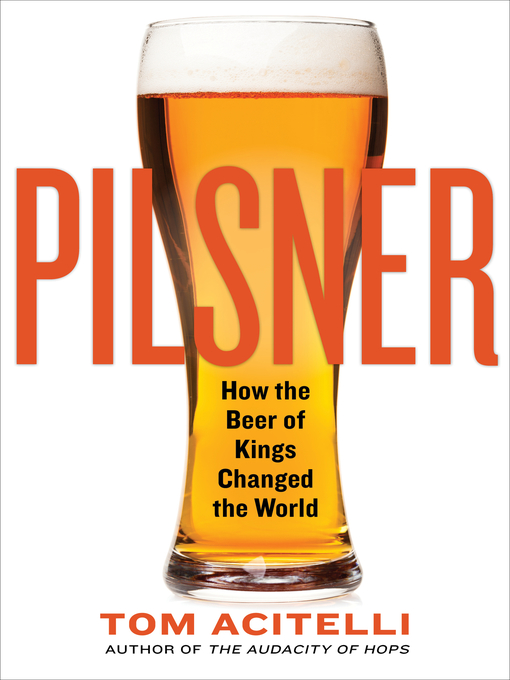Best Book at the North American Guild Beers Writers
"Effervescent and informative . . . This chronicle will intoxicate both beer nerds and history buffs." —Publishers Weekly
A book for both the beer geek and the foodie seeking a better understanding of modern food and drink
On the night of April 17, 1945, Allied planes dropped more than a hundred bombs on the Burghers' Brewery in Pilsen, Czechoslovakia, destroying much of the birthplace of pilsner, the world's most popular beer style and the bestselling alcoholic beverage of all time.
Still, workers at the brewery would rally so they could have beer to toast their American, Canadian, and British liberators the following month. It was another twist in pilsner's remarkable story, one that started in a supernova of technological, political, and demographic shifts in the mid-1800s and that continues to unfold today anywhere alcohol is sold.
Tom Acitelli's Pilsner: How the Beer of Kings Changed the World tells that story, shattering myths about pilsner's very birth and about its immediate parentage.
A character-driven narrative that shows how pilsner influenced everything from modern-day advertising and marketing to immigration to today's craft beer movement.



